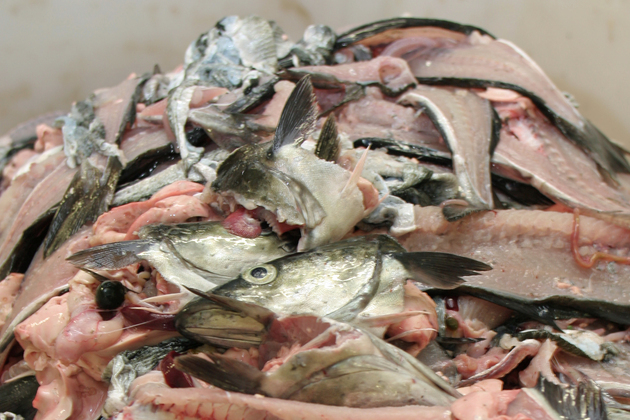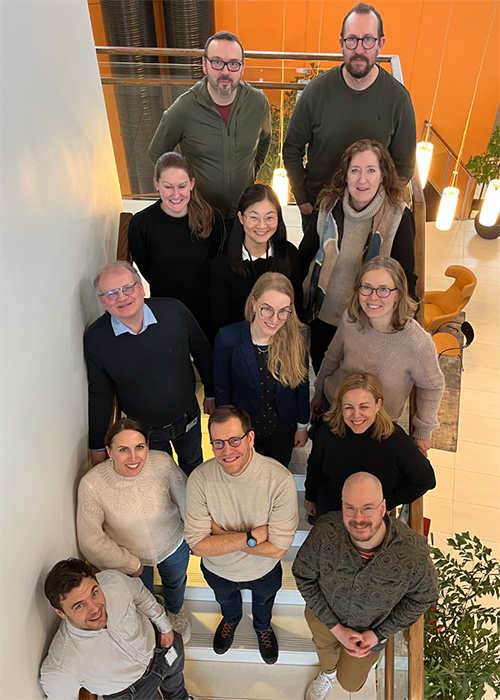OptiBruk
Optimal use of underutilised marine resources

In this project, we are investigating how to maximise the use of all raw materials from the seafood industry. Better utilisation of residual materials from seafood and low-trophic species can reduce food waste, increase the economic value of by-products, and contribute to improved food security.
Start
01. Jan 2025
End
31. Dec 2027
Funded by
Nofima
Background
The world is facing significant climate challenges, and Norway has set ambitious goals to address them. One such goal is to produce sustainable food with a low carbon footprint. This includes making greater use of new food sources, such as residual raw materials and low-trophic species. These offer several important nutritional benefits, including being rich in minerals, proteins, and healthy fatty acids.
Objectives
To strengthen knowledge and expertise in the improved utilisation of underutilised marine raw materials for human consumption throughout the entire value chain.
What we do
We are taking a holistic approach to improving the use of underutilised marine raw materials for food—from preserving the quality of raw materials, through processing and product formulation, to the consumer. This perspective is reflected both in work across all these areas and in a systems analysis, where different applications are compared.

Different processing technologies (e.g. cooling, subcooling, freezing/thawing, drying) help to ensure high quality and food safety. In addition, further processing steps may be required, such as extraction from residual raw materials to separate components that can be used in food. Furthermore, combined processing methods can improve energy efficiency during drying. In the Optibruk project, we aim to strengthen our expertise regarding the environmental impact of different technologies. Understanding how the choice of technology affects the environmental impact of a product is essential for achieving sustainable food systems.
Residual raw materials and low-trophic species will be incorporated into products tailored to different consumer needs. Products containing new raw materials face challenges related to perception, taste preferences, and consumer awareness. Such products may be regarded as unconventional or unappealing due to cultural norms or concerns about quality and safety. These barriers are reinforced by the lack of visibility of such ingredients in traditional diets or on menus. We will address these challenges by gaining a better understanding of consumer attitudes, preferences, and barriers to acceptance, using the latest methods in consumer research.
Increased utilisation of residual raw materials and low-trophic species as food sources depends on whether the overall approach is more sustainable than current uses of these raw materials. Industry decisions are often guided by whether future solutions can offer improvements over current practices, potentially influenced by government regulations. Knowledge and use of indicators such as energy consumption, profitability, and employment are valuable for comparing the environmental, economic, and social sustainability of different solutions. The OptiBruk project will provide insights into current uses of residual raw materials and low-trophic species, and will conduct a comparative analysis of alternative uses that could enhance their utilisation.
Contact person
Research facilities
